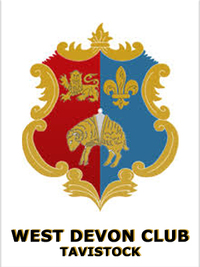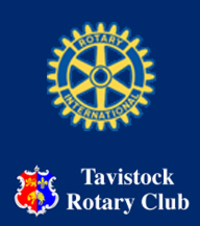


Local Sponsors
-
West Devon Club
3 Abbey Place, Tavistock, Devon. PL19 0AB
The West Devon Club is a private members club open to its members and guests and has existed for over 100 years. As well as our fine local beers and ales we offer a well stocked bar, 2 match play snooker tables, dance floor, separate dining area, pool room and cellar bar with function area and two large screen T.V’s for sporting events. The beer garden is located within the old abbey walls with the canal flowing through it. The garden is fully fenced and we welcome families with children to use it. BBQ’s, hog roasts and beer festivals plus entertainment are planned during the summer months.
-
Tavistock Rotary Club
The Cornish Arms. 15 West Street Tavistock PL19 8AN
Gateway to Cornwall and West Devon mining World Heritage sites. Straddling the fast flowing river Tavy below the Western edge of Dartmoor, Tavistock stands in the heart of an area of tremendous natural beauty.
-
Westcountry Angling Passport
Westcountry Rivers Trust. Rain-Charm House, Kyl Cober Parc Stoke Climsland PL17 8PH
The Angling Passport Scheme offers fishing for wild brown trout, sea trout, salmon, grayling and coarse fish in unrivalled surroundings. There are 29 beats available as Token Fisheries and also the extensive Dartmoor Fishery on the East and West Dart and tributaries. In addition, Westcountry Angling Passport tokens can be used at all of the South West Lakes Trust Fisheries and also on most of the other Passport Schemes around the UK. Tokens are bought in books of 10 valued at £3 per token with Token Fishery beats ranging from 2 to 5 tokens per angler per day. The Dartmoor Fishery operates on a day, week or season ticket basis starting at £10 for a day’s brown-trouting; tokens can be used as payment or part payment to purchase Dartmoor tickets.




